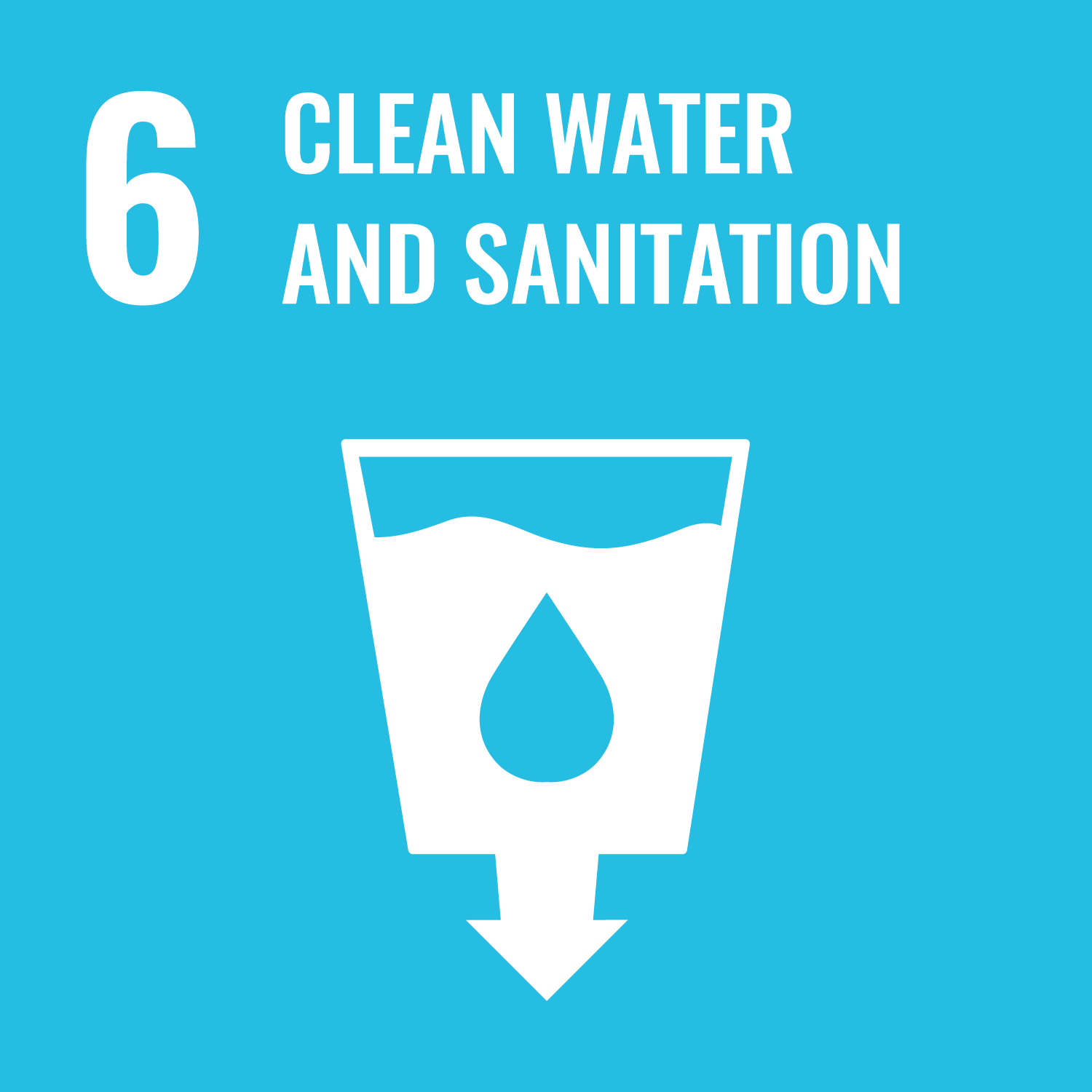

Preserving Water, Pond Liners for Sustainable Fish Farming.
Pond liners, made of materials like PVC or polyethylene, act as synthetic geomembranes, preserving water, enhancing biosecurity, and simplifying pond maintenance. They are adaptable to various pond sizes and shapes, with plastic liners being robust but slightly harder to install in smaller ponds.
This technology is TAAT1 validated.
Sheet plastic
Open source / open access
This technology reduces water seepage and evaporation, conserving resources and lowering costs in aquaculture. It promotes responsible water management, maintains optimal water levels for fish, and prevents contamination. Additionally, it helps mitigate climate change impacts by conserving water and reducing emissions.
Choose the right equipment size, keeping in mind variable investment costs; small-scale soil leveling systems start at 4,700 to 5,500 USD, and water lifting tools range from 30 to 1,000 USD.
Consider delivery costs, import duties, and taxes for locations like Kenya and Nigeria.
Identify context-specific land leveling and water lifting methods.
When selecting equipment, consider varying investment costs:
Cost of sheet plastic: Approximately USD 2 per square meter for a thickness of 0.5 mm, increasing to USD 3.50 for a thickness of 1 mm.
Cost of plastic liner with sealing and installation for a pond: Around USD 500 for a pond measuring 15 m long, 10 m wide, and 1 m deep.
Rubber sheet lining can decrease water loss through seepage and evaporation by up to 50%.
Comparative analysis of 700 fish farmers in south-western Nigeria showed that ponds with plastic liners yield significantly greater net profits compared to unsealed earthen ponds.
Collaborate with aquaculture organizations or stakeholders for effective implementation of these technologies within your country or region.
Adults 18 and over: Positive high
Under 18: Positive high
Women: Positive medium
Climate adaptability: Highly adaptable
Farmer climate change readiness: Significant improvement
Biodiversity: Positive impact on biodiversity
Carbon footprint: A bit less carbon released
Environmental health: Moderately improves environmental health
Soil quality: Does not affect soil health and fertility
Water use: A bit less water used
Scaling Readiness describes how complete a technology’s development is and its ability to be scaled. It produces a score that measures a technology’s readiness along two axes: the level of maturity of the idea itself, and the level to which the technology has been used so far.
Each axis goes from 0 to 9 where 9 is the “ready-to-scale” status. For each technology profile in the e-catalogs we have documented the scaling readiness status from evidence given by the technology providers. The e-catalogs only showcase technologies for which the scaling readiness score is at least 8 for maturity of the idea and 7 for the level of use.
The graph below represents visually the scaling readiness status for this technology, you can see the label of each level by hovering your mouse cursor on the number.
Read more about scaling readiness ›
Uncontrolled environment: tested
Common use by intended users, in the real world
| Maturity of the idea | Level of use | |||||||||
| 9 | ||||||||||
| 8 | ||||||||||
| 7 | ||||||||||
| 6 | ||||||||||
| 5 | ||||||||||
| 4 | ||||||||||
| 3 | ||||||||||
| 2 | ||||||||||
| 1 | ||||||||||
| 1 | 2 | 3 | 4 | 5 | 6 | 7 | 8 | 9 | ||
| Country | Testing ongoing | Tested | Adopted |
|---|---|---|---|
| Benin | –No ongoing testing | –Not tested | Adopted |
| Côte d’Ivoire | –No ongoing testing | –Not tested | Adopted |
| Democratic Republic of the Congo | –No ongoing testing | –Not tested | Adopted |
| Ethiopia | –No ongoing testing | –Not tested | Adopted |
| Ghana | –No ongoing testing | –Not tested | Adopted |
| Kenya | –No ongoing testing | –Not tested | Adopted |
| Malawi | –No ongoing testing | –Not tested | Adopted |
| Mali | –No ongoing testing | –Not tested | Adopted |
| Niger | –No ongoing testing | –Not tested | Adopted |
| Nigeria | –No ongoing testing | –Not tested | Adopted |
| Rwanda | –No ongoing testing | –Not tested | Adopted |
| Senegal | –No ongoing testing | –Not tested | Adopted |
| Sierra Leone | –No ongoing testing | –Not tested | Adopted |
| South Sudan | –No ongoing testing | –Not tested | Adopted |
| Sudan | –No ongoing testing | –Not tested | Adopted |
| Tanzania | –No ongoing testing | –Not tested | Adopted |
| Togo | –No ongoing testing | –Not tested | Adopted |
| Uganda | –No ongoing testing | –Not tested | Adopted |
| Zimbabwe | –No ongoing testing | –Not tested | Adopted |
This technology can be used in the colored agro-ecological zones. Any zones shown in white are not suitable for this technology.

















| AEZ | Subtropic - warm | Subtropic - cool | Tropic - warm | Tropic - cool |
|---|---|---|---|---|
| Arid | ||||
| Semiarid | ||||
| Subhumid | ||||
| Humid |
Source: HarvestChoice/IFPRI 2009
The United Nations Sustainable Development Goals that are applicable to this technology.


Measure Pond Dimensions:
Prepare Liner Installation:
Seaming Two Sheets:
Ensure Watertight Seals:
Adhesive Application:
Calculation for Additional Material:
Last updated on 7 November 2025